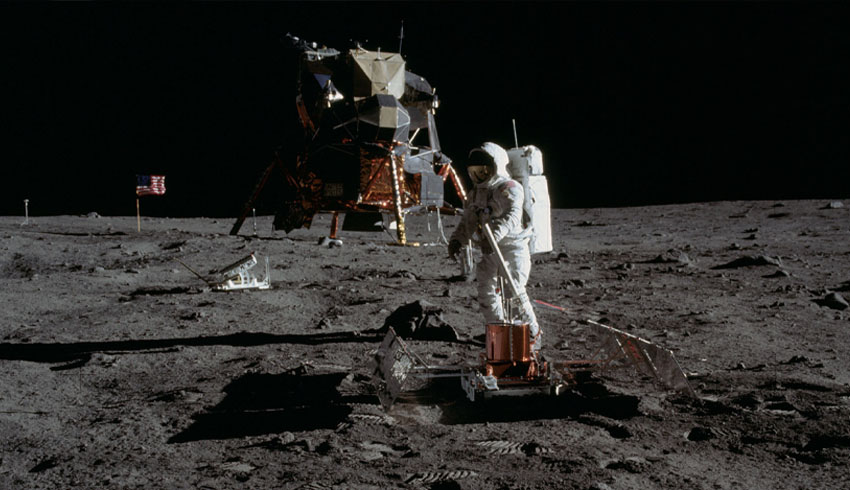
Under the US$935 million contract, the company will develop, test and integrate the Habitation and Logistics Outpost (HALO) for NASA’s Gateway, along with the Power and Propulsion Element (PPE) developed by Maxar technologies.
It is expected to launch in 2024.
The HALO will house astronauts and allow them to conduct scientific research while visiting the Gateway – an outpost orbiting the moon to support science investigations, landings on the moon and preparing astronauts for Mars missions.
The HALO forms one part of the overall Artemis Program – NASA’s mission to send astronauts to the moon by 2024, and eventually to Mars.
In May, Northrop Grumman was awarded the contract to fund the preliminary design review of the HALO, and will now follow its development to the end.
The review recognised a satisfactory vehicle design as part of NASA’s Gateway requirements, commending its ‘safety and reliability’.
The HALO module will serve as the ‘backbone’ for the Gateway’s core functions, such as command and control, power distribution, hosting science investigations via payload accommodations and communicating with lunar surface expeditions.
“NASA is building the infrastructure to expand human exploration further out into the solar system than ever before, including Gateway, the lunar space station that will help us make inspirational scientific discoveries at and around the moon,” said NASA administrator Bill Nelson.
“Just as importantly, these investments will help NASA carry out the United States’ horizon goal: to further develop and test the technology and science needed for a human trip to Mars.”
Northrop Grumman was awarded the contract as the company provides “affordable and reliable” services, seen in its previous work for NASA.
The company will harness its Cygnus spacecraft to deliver the HALO module, which was also used recently for the International Space Station’s (ISS) Commercial Resupply Mission, providing cargo to its astronauts.
The Cygnus is an American cargo expendable spacecraft, originally developed by Orbital Sciences Corporation and now owned by Northrop Grumman.
Kathy Lueders, NASA associate administrator for human exploration and operations, said the HALO will “provide unprecedented access to the moon and symbolises the expansion of our partnerships into deep space”.
The Gateway involves various international partners, including the European Space Agency (ESA) the Canadian Space Agency (CSA) and the Japan Aerospace Exploration Agency (JAXA)
The ESA and JAXA have both provided several capabilities for its International Habitation Module (I-HAB), a living quarters which will be combined with the HALO when completed. The CSA provides external robotics, such as the Canadarm3.
“Our team looks forward to continuing our collaboration with NASA in order to overcome the technical challenges associated with the harsh radiation and thermal environment of lunar space, as well as the unique challenge of hosting visiting crews for extended durations in this environment,” said Northrop Grumman civil and commercial satellites vice president Steve Krein.

Isabella Richards
Bella Richards is a journalist who has written for several local newspapers, her university newspaper and a tech magazine, and completed her Bachelor of Communications (Journalism) at the University of Technology Sydney in 2020. She joined Momentum Media in 2021, and has since written breaking news stories across Space Connect, Australian Aviation and World of Aviation.
You can email Bella on: [email protected]
Receive the latest developments and updates on Australia’s space industry direct to your inbox. Subscribe today to Space Connect here.









